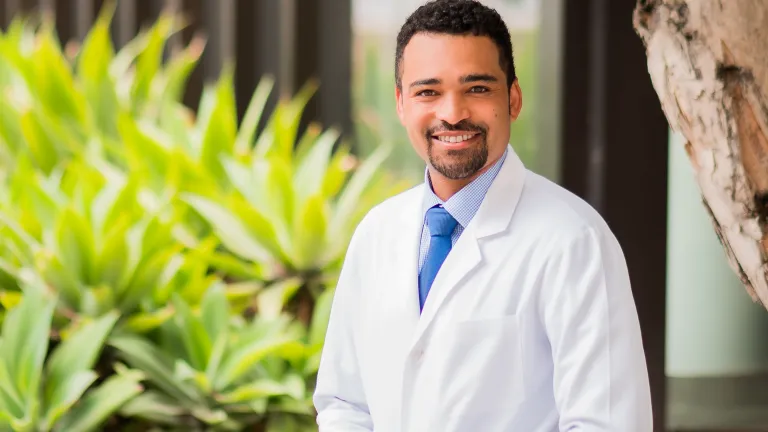At UCSF, your dedicated team of Endourologists are actively engaged in clinical trials and research to advance understanding and develop novel treatment options to improve outcomes and quality of life for people with bladder stones, kidney stones, bph, cystinuria, and primary hyperoxaluria.
We specialize in cutting edge minimally invasive procedures that include treatment for complex kidney stones, ultrasound guided surgical techniques, advanced robotics and microbubble application to improve stone fragmentation.
The state-of-the-art facility is located at the Parnassus campus where these Urologists offer consultation, diagnostic imaging and lab testing. You can meet with your Urologist in person or through a telehealth visit. Click here to schedule an appointment.
Endourology and Laparoscopy Conditions
Endourology and Laparoscopy Treatments
Related News

Marshall Stoller Receives Karl Storz Lifetime Achievement Award

New surgical training and simulation center led by Dr. David Bayne

David B. Bayne, MD, MPH Joins UCSF Urology as Assistant Professor
Related Providers
Clinician Faculty

Justin S. Ahn, MD
- Assistant Professor of Urology

David B. Bayne, MD, MPH
- Assistant Professor of Urology
- Director of Global Education and Simulation
- Chief of Urology, Zuckerberg San Francisco General Hospital and Trauma Center

Max Bowman, MD
- Assistant Professor of Urology

Marshall L. Stoller, MD
- Professor of Urology
- Chief of Endourology